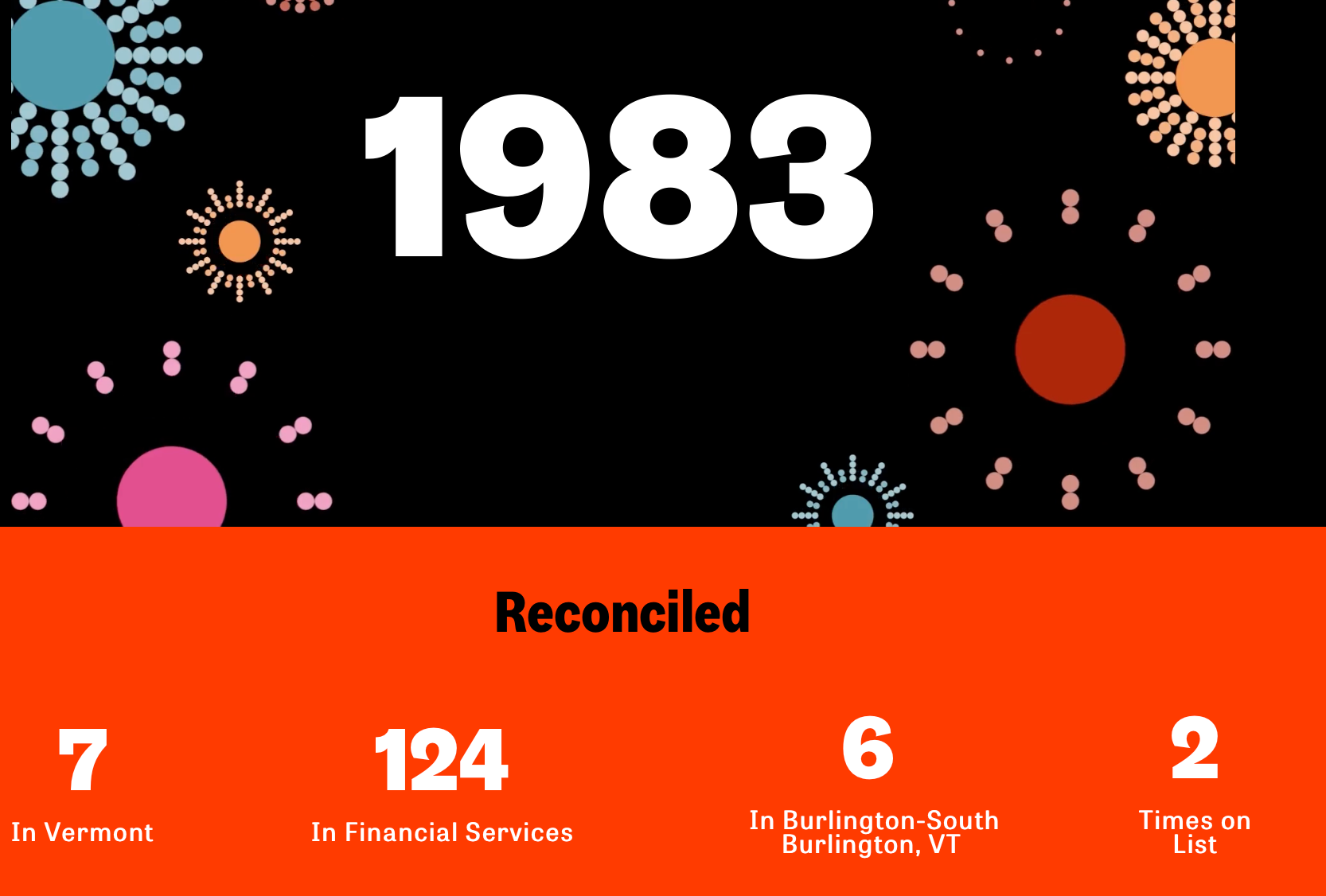If you’re an e-commerce entrepreneur, you can find thousands of online articles about how to boost profits and grow your e-commerce business.
Articles will tell you how to market it, how to find customers, and how to choose the best platform. All of that information is super important, but…
If you don’t have a deep understanding of which products are bringing in the most value, the best marketing in the world won’t allow you to meet your full revenue potential and boost profits.
Your financial metrics, aka your books, should be the starting point for every decision you make. But if you don’t know what those metrics are, or what they mean, you’re essentially flying blind.
Reconciled offers online bookkeeping services to dozens of e-commerce entrepreneurs. Some are just starting out and others are rapidly scaling their business. While all businesses share some of the same financial needs, bookkeeping for e-commerce has some unique challenges and opportunities to help boost profits.
Don’t integrate your e-commerce platform with your accounting system
This might sound like odd advice. After all, wouldn’t having everything integrated on one platform be more efficient?
In theory, this is true. But accounting platforms weren’t built to house all the transaction data from e-commerce platforms. And they weren’t built to report in the same way.
Unless you are a low volume/high dollar e-commerce store, the integration will lead to a huge mess of confusing data. Also, it won’t tell you what you need to know. What you can do is review the e-commerce reports from your platform. This data will give you immediate information to boost profits.
You can also hire a bookkeeping firm with e-commerce expertise ( like ours ) to help you build best practices. Like getting in the habit of inputting information into Quickbooks on a schedule.
Create a practice of reviewing sales reports
Just because you’re not integrating your e-commerce reports doesn’t mean you shouldn’t be looking at them. Those financial reports provide the immediate data you need to make decisions. You can determine whether you’re on the right track. Schedule it into your calendar, so getting accurate information about the state of your sales and finances isn’t something that gets pushed aside when things get busy.
Identify the true cost of getting your goods out the door
It’s not enough to know that you can get pens for $0.10 and then sell them online for $0.50. You need to know how much every step of the process costs. For example, you might need to know how much it costs to ship the pens to your warehouse. You might also need to account for how much it costs to purchase the packaging. Or, how much it costs to get the pens into the packaging. If you forget to build these process costs into the cost value of your goods, you can find yourself with half the margin you were banking on.
Understand your gross margin percentage
An accurate cost value determination will help you fully understand your gross margin percentage. This includes both the individual product and your business as a whole.
A 40-60% gross margin range on a project is pretty standard. If you’re looking at a gross margin of less than 40%, then you’ll need to be sure that you’re operating a high volume business. Otherwise, you may have a hard time supporting the overhead expense of running the company.
Track your inventory from the beginning
Many e-commerce entrepreneurs fail to carefully track inventory in the early stages of their business. This can quickly become one of the biggest financial burdens for a growing e-commerce company.
The upside for companies that track the value of their inventory is that it is bankable. That means you can borrow against it. But, in order to do so, you have to keep a disciplined inventory list.
For most e-commerce businesses, that means monthly inventory counts. Even if you’re not hoping to take that inventory to the bank, tracking your inventory allows you to see what products are selling well and which products are becoming stale.
If accounting isn’t your main focus, contact Reconciled. We can take this burden off your plate and provide you with all the necessary reports needed to boost profits in your e-commerce company.
The post From the CEO: 5 Ways to Boost Profits in Your E-commerce Business appeared first on Reconciled.
Recent Posts








